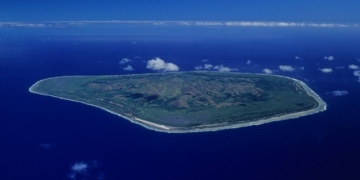Using bombs, building large walls, or even praying. These are all the methods people have tried over the decades to stop the flow of lava from active volcanoes in Hawaii as it slowly advances toward roads and residents’ homes.
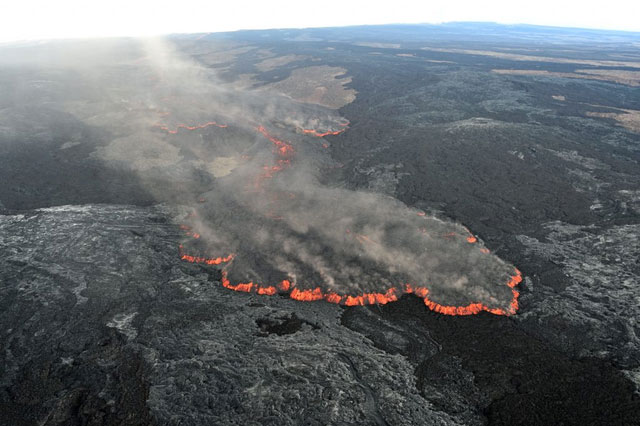
Mauna Loa, the largest volcano in the world, erupts again after 40 years of dormancy.
Currently, Mauna Loa, the world’s largest active volcano, has erupted again. Its lava is gradually approaching the highway connecting the east and west sides of the Big Island, Hawaii. Once again, the residents here are questioning what they can do to stop or redirect the flow.
Humans have rarely succeeded in stopping the direction of lava flow, despite significant advancements in science. The path of these fiery materials depends heavily on the flow’s force and the terrain of the area.
The efforts to redirect lava have a long history in Hawaii. In 1881, when lava flow from Mauna Loa was heading toward the town of Hilo, the governor of the islands declared that the locals would spend a day praying. However, this did not stop the flow (of course).
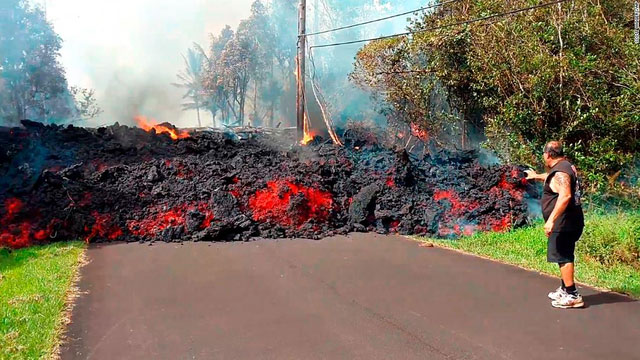
Humans struggle to stop the flow of lava.
According to the U.S. Geological Survey, during the time of the Kingdom of Hawaii, Queen Lili’uokalani and some of her aides visited Hilo to consider ways to save the town. They implemented a plan to build barriers to redirect the flow and placed explosives along the lava flow to drain its supply of molten rock.
Ruth Ke’elikolani also approached the lava flow, offering wine and a red shawl while singing a hymn, hoping that the goddess Pele would stop the flow and return to the mountain. Fortunately, the flow stopped before the barriers could be constructed.
More than 50 years later, Thomas A. Jaggar, the founder of the Hawaiian Volcano Observatory, requested the U.S. Army Air Corps to send fighter planes to bomb near the volcano, creating a vent for the active mountain and breaking up the lava flows.
According to the U.S. National Park Service, upon receiving that request, Colonel George S. Patton ordered planes to drop 20 demolition bombs weighing 272 kg each on the island, with each bomb containing up to 161 kg of TNT.
The bombing reportedly helped “accelerate the end of the flow,” but this was doubted by Howard Stearns, a geologist present on the last bombing flight. In his autobiography written in 1983, he stated: “I’m sure it was just a coincidence“.
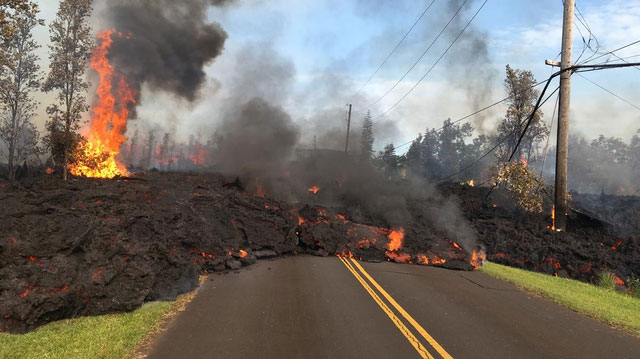
Many measures have been taken to redirect the flow, but none have succeeded.
Today, geologists share similar thoughts. According to them, the lava flow was not stopped by the bombing but was already on the decline. If not for human intervention, it would have naturally ceased in the following days.
Another approach suggested by Rowland, a geologist at the University of Hawaii, is that authorities could use machinery to create a rock wall right before the Daniel K. Inouye Highway. However, the lava could still flow over it, as was the case in the town of Kapoho in 1960.
“It’s difficult to build a wall before the flow arrives. Since it’s heading toward residential areas, we might have to sacrifice some homes, which would be a legal hassle“, Rowland shared.
Additionally, the geologist believes that most people in Hawaii would not want to build a wall, as it is seen as an act against the volcano goddess Pele. In the event that lava flows over the highway, they might only be able to rebuild it, as was done in 2018.
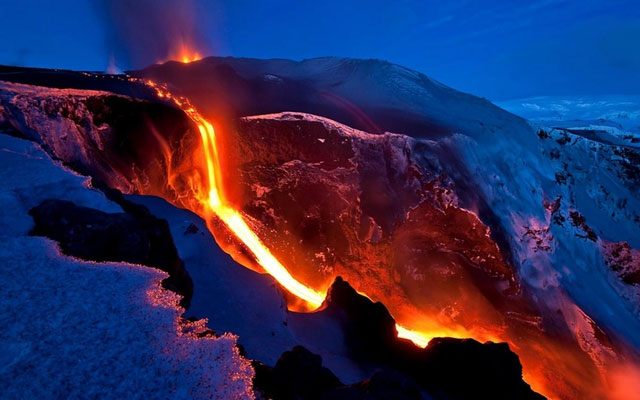
Hawaii currently has no specific plans to stop or redirect the lava flow.
Hawaii’s civil defense leaders stated that the state currently has no specific plans to redirect the flow, although some discussions have taken place. Hawaii Governor David Ige, who witnessed the eruption of Kilauea volcano in 2018, believes that humans “cannot conquer nature and the goddess Pele.”
Indigenous cultural expert Kealoha Pisciotta remarked, “The idea that we can stop the lava flow is a Western notion, believing that humans can control everything. But what we need to do is adapt to the flow, not find ways to avoid it. We cannot separate ourselves from nature, as humans are part of it“.

















































